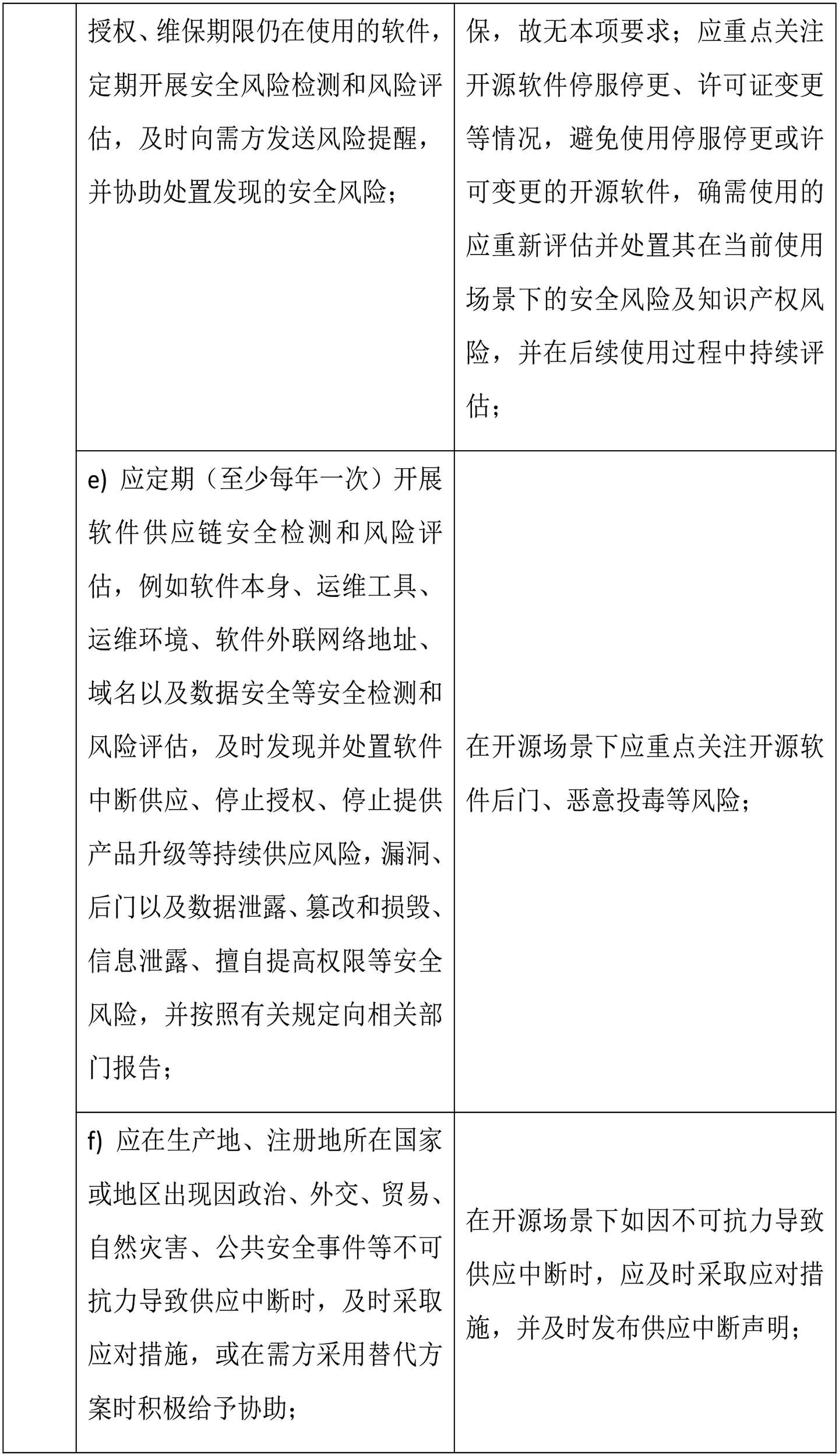void
VisualizeSISLCurve(pcl::PointCloud<pcl::PointXYZ>::Ptr cloud_cv, double r, double g, double b, bool show_cps)
{
pcl::PointCloud<pcl::PointXYZRGB>::Ptr cloud(new pcl::PointCloud<pcl::PointXYZRGB>);
cloud->clear();
//输入点数
const int number = cloud_cv->size();
//三次四阶
const int order = 4;
std::vector<double> coef;
for (int j = 0; j < cloud_cv->size(); j++)
{
auto&pnt=cloud_cv->at(j);
coef.push_back(pnt.x);
coef.push_back(pnt.y);
coef.push_back(pnt.z);
}
//节点向量的大小似乎不能初始化为number+order-3
int no_repeate_nknot = number-(order-1)+1;
std::vector<double> knots(no_repeate_nknot + 2 * (order - 1), 0);
for (int j = order - 1,k=0; j < order - 1 + no_repeate_nknot; ++j,++k)
{
knots[j] = k;
}
for (int j = order - 1 + no_repeate_nknot; j < knots.size(); ++j)
{
knots[j] = knots[order - 1 + no_repeate_nknot-1];
}
//创建开口曲线
SISLCurve* curve = newCurve(number, // number of control points
order, // order of spline curve (degree + 1)
knots.data(), // pointer to knot vector (parametrization)
coef.data(), // pointer to coefficient vector (control points)
1, // kind = polynomial B-spline curve
3, // dimension
0); // no copying of information, 'borrow' arrays
if (!curve) {
throw std::runtime_error("Error occured while generating curve.");
}
freeCurve(curve);
double astpar = 0.0;
int iopen = -1;
int idim = 3;
int ik = 4;
curve = NULL;
int jstat = 0;
//将数据作为控制点创建封闭曲线
s1630(coef.data(), number, astpar, iopen, idim, ik, &curve, &jstat);
freeCurve(curve);
curve = NULL;
//插值封闭曲线
{
std::vector<int> nptyp(number,1);
int icnsta = 0;
int icnend = 0;
int iopen = -1;
double astpar = 0.0;
double cendpar = 0.0;
double* gpar = NULL;
int jnbpar = 0;
int jstat = 0;
s1356(coef.data(), number, idim, nptyp.data(), icnsta, icnend, iopen, ik, astpar, &cendpar, &curve, &gpar, &jnbpar, &jstat);
}
freeCurve(curve);
curve = NULL;
//生成近似曲线,拟合?噪声点的影响如何消除,SISL 中有没有类似pcl中样条曲线拟合的接口?
{
const double tolerance = 1.0e-5; // pointwise tolerance
const double afctol = 0.1; // number between 0 and 1 describing how tolerance
// is to be distributed in two different steps of the
// algorithm.
const int max_iterations = 6;
std::vector<double> tolerance_vec(number, tolerance); // same tolerance for all samples
std::vector<double> emxerr(number);
int jstat = 0;
int iopen = -1;// Produce closed, periodic curve if possible 没有强制闭合
int ik = 4;
s1961(coef.data(), // array of points to be approximated
number, // number of sample points
3, // dimension of Euclidean space
2, // flag indicating uniform parametrization
NULL, // we do not use this argument
&tolerance_vec[0], // the pointwise tolerance
0, // number of fixed derivatives at left
0, // number of fixed derivatives at right
iopen, // flag indicating that we want an open curve
afctol, // distribution of tolerance
max_iterations, // maximum number of iterations in the routine
ik, // polynomial order of approximation
&curve, // pointer to the generated curve
&emxerr[0], // reporting the max deviation in each point
&jstat); // status variable
if (jstat < 0) {
throw std::runtime_error("Error occured inside call to SISL routine s1961.");
}
else if (jstat > 0) {
cerr << "WARNING: warning occured inside call to SISL routine s1961. \n"
<< endl;
}
}
//输出曲线500离散点
#define CURVE_EVALUATIONS 500
double discr_curve[3 * CURVE_EVALUATIONS];
int left = 0;
for (int j = 0; j < CURVE_EVALUATIONS; j++)
{
double t =
curve->et[curve->ik - 1] +
(curve->et[curve->in] - curve->et[curve->ik - 1]) *
j / (CURVE_EVALUATIONS - 1.0);
{
int stat;
s1227(curve, 0, t, &left, discr_curve + 3 * j, &stat);
if (stat != 0)
printf("s1227 returned status %d.\n", stat);
}
}
for (int j = 0; j < CURVE_EVALUATIONS; j++)
{
pcl::PointXYZRGB p;
p.x = static_cast<float> (discr_curve[3 * j+0]);
p.y = static_cast<float> (discr_curve[3 * j + 1]);
p.z = static_cast<float> (discr_curve[3 * j + 2]);
p.r = 255;
p.g = 0;
p.b = 0;
cloud->push_back(p);
}
freeCurve(curve);
for (std::size_t i = 0; i < cloud->size() - 1; i++)
{
pcl::PointXYZRGB& p1 = cloud->at(i);
pcl::PointXYZRGB& p2 = cloud->at(i + 1);
std::ostringstream os;
os << "line_" << r << "_" << g << "_" << b << "_" << i;
viewer.addLine<pcl::PointXYZRGB>(p1, p2, r, g, b, os.str());
}
/*if (show_cps)
{
pcl::PointCloud<pcl::PointXYZ>::Ptr cps(new pcl::PointCloud<pcl::PointXYZ>);
for (int i = 0; i < cloud_cv->size(); i++)
{
pcl::PointXYZ& p1 = cloud_cv->at(i);
ON_3dPoint cp(p1.x, p1.y, p1.z);
pcl::PointXYZ p;
p.x = float(cp.x);
p.y = float(cp.y);
p.z = float(cp.z);
cps->push_back(p);
}
pcl::visualization::PointCloudColorHandlerCustom<pcl::PointXYZ> handler(cps, 255 * r, 255 * g, 255 * b);
viewer.addPointCloud<pcl::PointXYZ>(cps, handler, "cloud_cps");
}*/
}s1356 example02 的结果

s1961 example14 的结果





